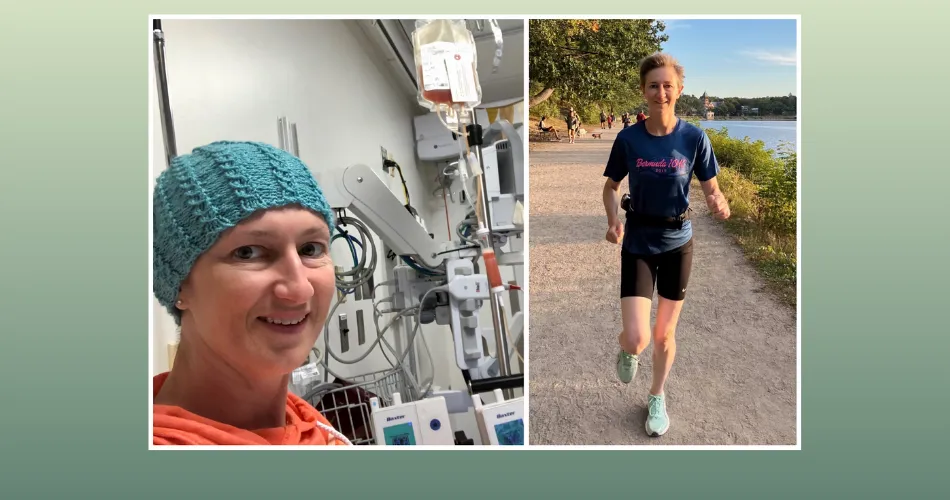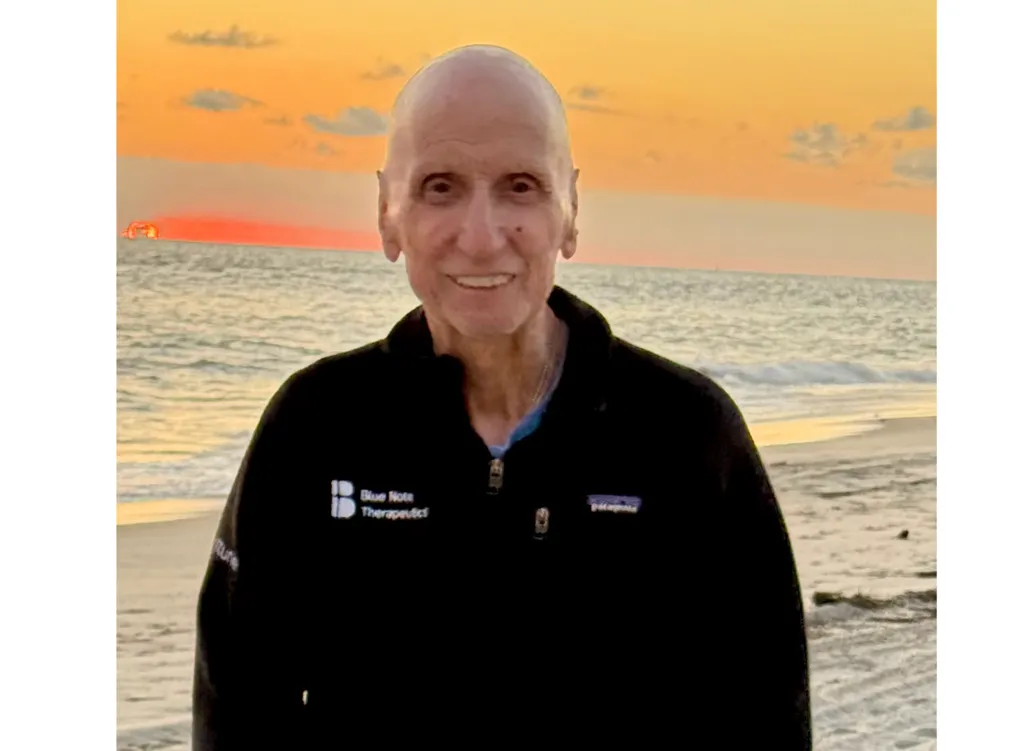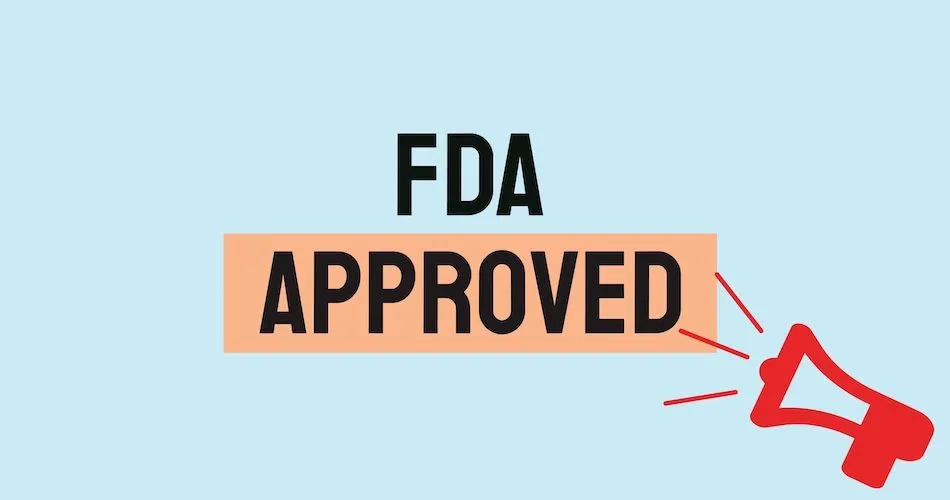Diagnosing And Treating Secondary AML

Secondary AML is a type of leukemia that occurs when a disease or a cancer treatment causes changes in the DNA or directly affects the blood cells. Patients diagnosed with secondary AML (sAML) have either:
- Evolved from another condition, such as: myelodysplasia (MDS), myeloproliferative disorder (MPN), or aplastic anemia
- Previous exposure to radiation or chemotherapy for another cancer
Primary AML, or “new” AML, is defined as an excessive amount of myeloblasts (a type of immature white blood cells that form in the bone marrow). Secondary AML is a type of AML that has changed as a result of another disease or treatment. The symptoms are similar to AML, but the prognosis is more severe. Poor outcomes are associated with secondary AML, especially for those with the TP53 mutation).
AML-MRC
Because myelodysplastic syndromes (MDS) may go undiagnosed, this can lead to secondary AML, which is also referred to as AML-MRC (AML with myelodysplasia-related changes). “In AML-MRC the white blood cell counts tend to be low (as compared with high in primary AML).”
“MDS is coined as preleukemia by some as it has the possibility of transforming into leukemia, most commonly AML. This is what we call secondary AML or AML-MRC, and it tends to be much harder to treat than primary AML.” Diagnosis requires a biopsy of the bone marrow, a blast count and understanding the specific chromosome abnormalities.
“There is a thin arbitrary line of 20% blast count separating AML from MDS. If a patient has less than 20% blasts, they are considered to have MDS, and if the count is 20% or more, it is considered to be AML with myelodysplastic changes (AML-MRC).”
Treatment options for secondary AML:
- A combination of the two chemotherapy drugs: daunorubicin and cytarabine liposome (Vyxeos®). This therapy is FDA approved
- Hematopoietic stem cell transplantation (HSCT): these stem cells are retrieved from the bone marrow of a sibling or donor with matching immune system markers. This transplant is associated with 20-30% of patients being alive at 5 years
- Less intensive treatment options: azacitidine and decitabine are a class of chemotherapy medications typically used in MDS and therefore in sAML
- Targeted therapy: Venetoclax in combination with low-dose chemotherapy (either azacitidine or decitabine)
- Ivosidenib and enasidenib which can selectively target IDH1 and IDH2 mutations
- APR-246 is a TP53 mutation stabilizing drug that is being developed in combination with azacitidine in MDS and AML with low blast count
- The Anti-CD47 antibody magrolimab is currently being used to target MDS and AML neoplasms and can slow tumor growth
The optimal treatment for secondary AML is to cure an MDS diagnosis to prevent any development of sAML.
Secondary AML is a type of leukemia that occurs when a disease or a cancer treatment causes changes in the DNA or directly affects the blood cells. Patients diagnosed with secondary AML (sAML) have either:
- Evolved from another condition, such as: myelodysplasia (MDS), myeloproliferative disorder (MPN), or aplastic anemia
- Previous exposure to radiation or chemotherapy for another cancer
Primary AML, or “new” AML, is defined as an excessive amount of myeloblasts (a type of immature white blood cells that form in the bone marrow). Secondary AML is a type of AML that has changed as a result of another disease or treatment. The symptoms are similar to AML, but the prognosis is more severe. Poor outcomes are associated with secondary AML, especially for those with the TP53 mutation).
AML-MRC
Because myelodysplastic syndromes (MDS) may go undiagnosed, this can lead to secondary AML, which is also referred to as AML-MRC (AML with myelodysplasia-related changes). “In AML-MRC the white blood cell counts tend to be low (as compared with high in primary AML).”
“MDS is coined as preleukemia by some as it has the possibility of transforming into leukemia, most commonly AML. This is what we call secondary AML or AML-MRC, and it tends to be much harder to treat than primary AML.” Diagnosis requires a biopsy of the bone marrow, a blast count and understanding the specific chromosome abnormalities.
“There is a thin arbitrary line of 20% blast count separating AML from MDS. If a patient has less than 20% blasts, they are considered to have MDS, and if the count is 20% or more, it is considered to be AML with myelodysplastic changes (AML-MRC).”
Treatment options for secondary AML:
- A combination of the two chemotherapy drugs: daunorubicin and cytarabine liposome (Vyxeos®). This therapy is FDA approved
- Hematopoietic stem cell transplantation (HSCT): these stem cells are retrieved from the bone marrow of a sibling or donor with matching immune system markers. This transplant is associated with 20-30% of patients being alive at 5 years
- Less intensive treatment options: azacitidine and decitabine are a class of chemotherapy medications typically used in MDS and therefore in sAML
- Targeted therapy: Venetoclax in combination with low-dose chemotherapy (either azacitidine or decitabine)
- Ivosidenib and enasidenib which can selectively target IDH1 and IDH2 mutations
- APR-246 is a TP53 mutation stabilizing drug that is being developed in combination with azacitidine in MDS and AML with low blast count
- The Anti-CD47 antibody magrolimab is currently being used to target MDS and AML neoplasms and can slow tumor growth
The optimal treatment for secondary AML is to cure an MDS diagnosis to prevent any development of sAML.

about the author
Lisa Foster
Lisa Foster is a mom of 3 daughters and 1 perfect grandchild, a puzzle lover, writer and HealthTree advocate. She believes in the mission of the foundation and the team that builds it forward. She calls Houston, Texas home.
More on Navigating Your Health

Get the Latest Acute Myeloid Leukemia Updates, Delivered to You.
By subscribing to the HealthTree newsletter, you'll receive the latest research, treatment updates, and expert insights to help you navigate your health.
Together we care.
Together we cure.
3x Faster.








